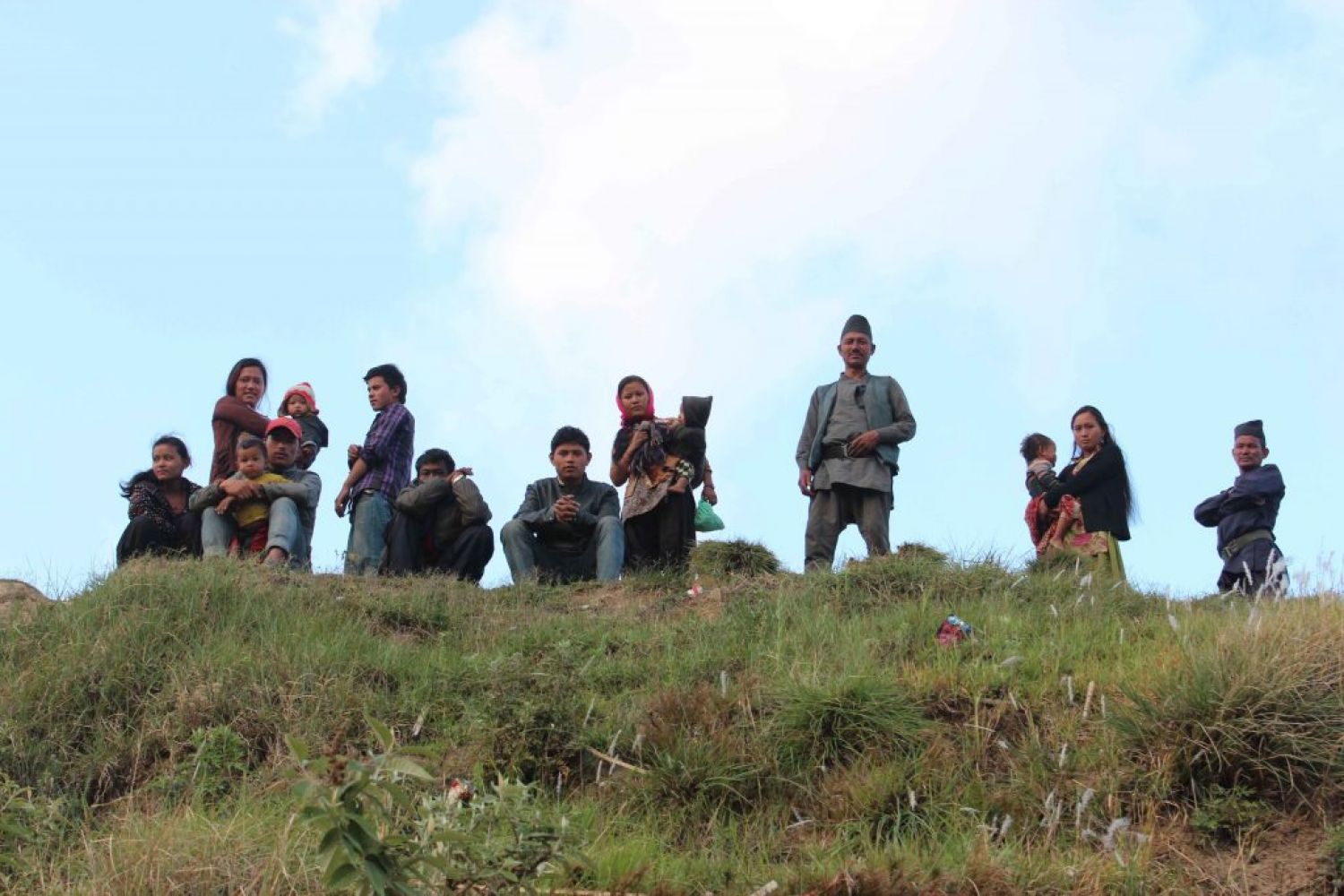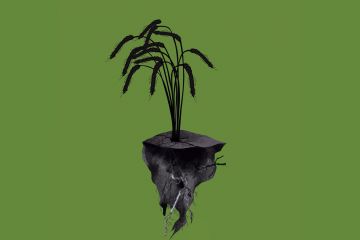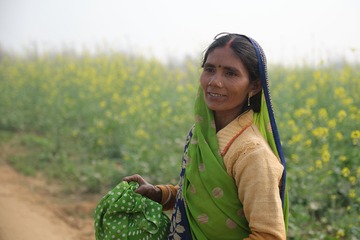
Halfway up the hill to
Ichok in Nepal’s battered Sindhupalchok district, a group of drunken Nepali men
jumped aboard the truck. Some had covered their faces with chequered napkins
while others wore clothes caked in dust. Bandits was my immediate assessment and
they had chosen a particularly well-endowed truck to commandeer.
We were sitting on
sacks of rice—700 kilograms in total—that had served as a seat on a challenging
journey up what looked like an unpaved mountain. In Nepal, ho





